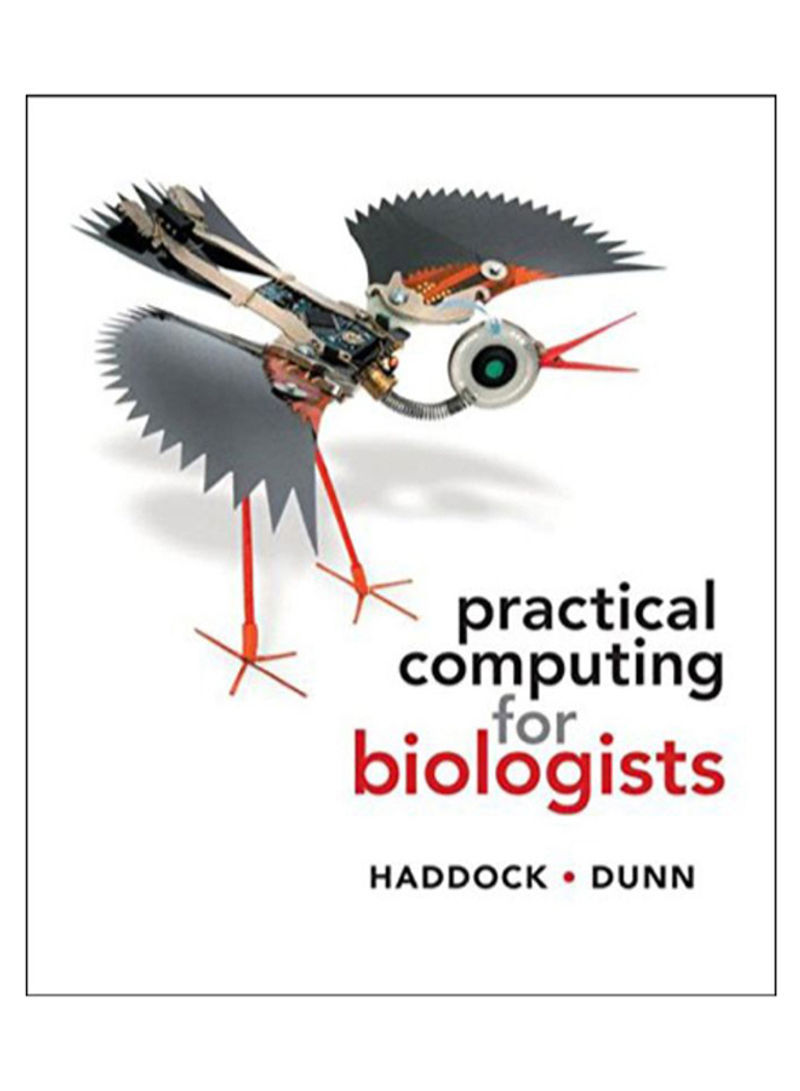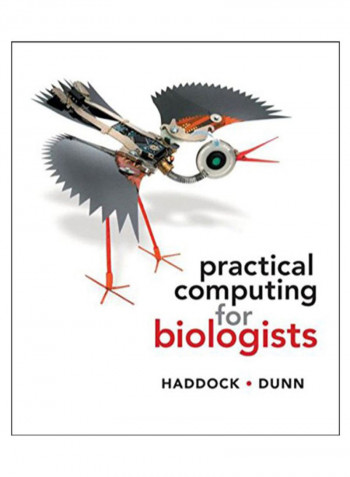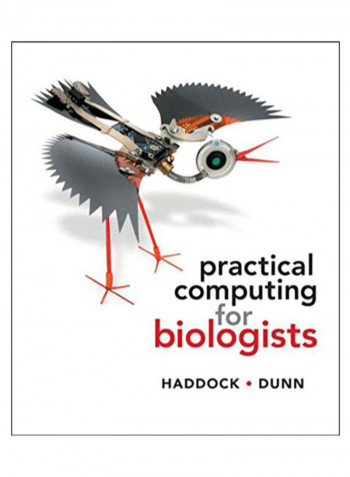Practical Computing For Biologists Paperback 2011 Edition
Recommend
Sort by
Rating
Date
Specifications
Author 1
Steven H. D. Haddock
Book Description
Practical Computing for Biologists shows you how to use many freely available computing tools to work more powerfully and effectively. The book was born out of the authors' own experience in developing tools for their research and helping other biologists with their computational problems. Many of the techniques are relevant to molecular bioinformatics but the scope of the book is much broader, covering topics and techniques that are applicable to a range of scientific endeavours. Twenty-two chapters organized into six parts address the following topics (and more; see Contents):Searching with regular expressionsThe Unix command linePython programming and debuggingCreating and editing graphicsDatabasesPerforming analyses on remote serversWorking with electronicsWhile the main narrative focuses on Mac OS X, most of the concepts and examples apply to any operating system. Where there are differences for Windows and Linux users, parallel instructions are provided in the margin and in an appendix. The book is designed to be used as a self-guided resource for researchers, a companion book in a course, or as a primary textbook. Practical Computing for Biologists will free you from the most frustrating and time-consuming aspects of data processing so you can focus on the pleasures of scientific inquiry.
ISBN-10
0878933913
ISBN-13
9780878933914
Language
English
Publisher
Sinauer Associates Is an Imprint of Oxford Un
Publication Date
22-Apr-11
Number of Pages
538
About the Author
STEVEN HADDOCK is a Research Scientist at the Monterey Bay Aquarium Research Institute and adjunct Associate Professor at the University of California, Santa Cruz, USA, studying bioluminescence and biodiversity of gelatinous zooplankton. He came with a programming background to his graduate studies in Marine Biology, where he quickly realized the advantages that computing skills offered and felt compelled to help foster these abilities in others. He has developed many utilities and devices for research, including instruments to monitor bioluminescence from fireflies, a freezer monitoring system, a web-based conference registration database, and a PCR calculator for smartphones. In addition to teaching invertebrate zoology and writing a booklet to teach the technique of blue-water scuba diving, he has given tutorials in computing to students and administrators. CASEY DUNN, an Assistant Professor at Brown University, USA, does research that has a large computational component but always in conjunction with work in the field and lab. His first interest in computers stemmed from building electronics, and he further developed his computational skills working in Silicon Valley while an undergraduate. As his data sets grew larger and larger during grad school and his postdoc, he found himself reaching back to his computer background more often. In the course of his own research and helping other biologists with their computational challenges, he became concerned about the mismatch between training opportunities and the real day-to-day computational problems biologists face. In addition to teaching invertebrate biology, evolution, and development, his educational activities include the websites siphonophores.org and creaturecast.org.
Edition Number
2011 Edition



